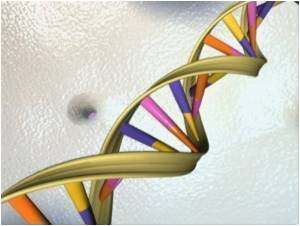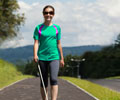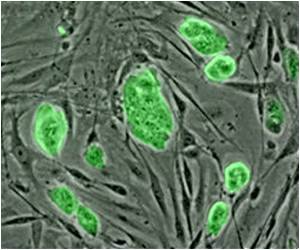A scientist will tell the annual conference of the European Society of Human Genetics today about Usher syndrome (USH), which an inherited condition involving both hearing and vision loss.

Some USH patients have only one mutant copy of an Usher gene, which in itself is insufficient to explain a recessive disease, and there is often an unexplained variability of the visual characteristics of the condition, even between close family members. Dr. Bolz's team, including scientists from Cologne University, Germany and zebrafish researchers from the University of Oregon, USA, decided to look for additional USH genes and genetic modifiers that could be involved in disease causation.
"We became interested in researching sensory diseases such as Usher syndrome because they can be very debilitating and affect people at a young age", said Dr. Bolz. "Despite extensive research into USH, there is currently no effective treatment for it."
Apart from linkage studies of recessive disease, where a particular trait or disease characteristic is traced within a family, another way of identifying genes linked to disease is to analyse genes that encode proteins which are similar to the proteins involved in the disorder being studied. Using a genome-wide database search, the team identified a gene, PDZD7, which encoded a protein with striking similarity to the proteins whirlin and harmonin, both known to be involved in USH.
"We found that some patients with only a single mutation of the gene responsible for the condition, GRP98, also had a mutant copy of PDZD7, and that this gene interacts with proteins involved in USH", said Dr. Bolz. "We were able to validate these findings in transgenic zebrafish, and to show that PDZD7 localises to cilia, thus providing further confirmation that USH is a retinal ciliopathy."
Cilia are antenna-like protuberances that project from cells and are often involved in sensory activity such as vision, hearing or smell. Genetic mutations can affect their proper functioning, and these defects in turn affect critical signalling pathways essential to cell development. As a result, cilia defects are involved in many diseases which produce multiple symptoms.
Advertisement
"When hearing and visual loss are both present, the most likely diagnosis is Usher syndrome", said Dr. Bolz. "More precise genetic diagnosis is essential, but the genes are large and not easily accessible to genetic testing. However, by considering clinical data of the patient and the background of his/her family – ethnicity, for example - one can apply efficient testing strategies. For the parents of a deaf child, it would be advantageous to be aware of the retinal degeneration that will occur later on.
"We believe that our work may serve as a paradigm for the future", said Dr. Bolz. "In many recessive diseases, variability of disease characteristics is the rule rather than the exception, and in most cases this phenomenon is unexplained. With advances in new sequencing techniques that permit simultaneous analysis of several genes, we will need to interpret variants in all Usher genes in a patient, not only in one. Two hits in a single Usher gene may explain the disease in a patient, but not its variability. Our research is a step on the road to understanding that variability and to being able to provide an accurate prognosis of disease progression."
Source-Eurekalert











